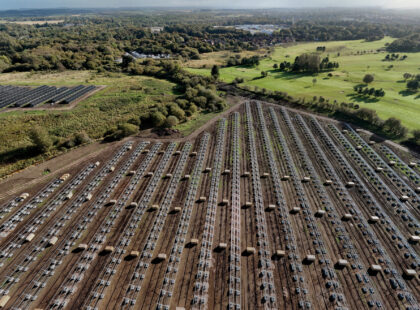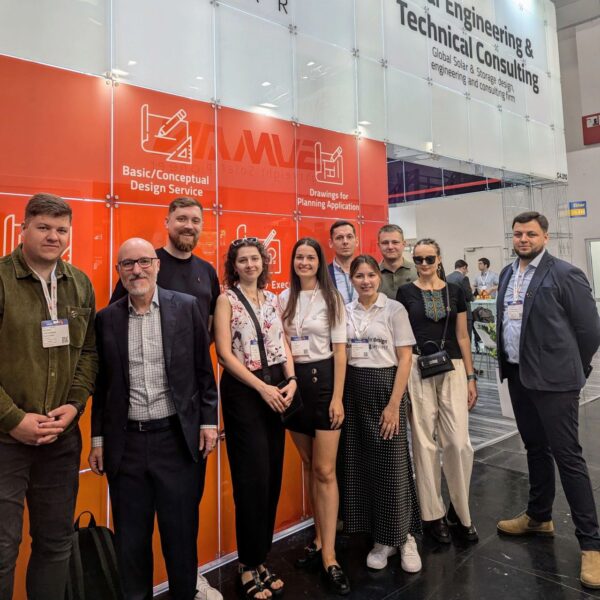The Importance of Design in PV Project Development

By Nerijus Miksys, Design Delivery Manager at Detra Solar.
In photovoltaic (PV) project development, design is far more than a technical exercise—it’s a strategic approach that can shape the entire lifecycle of a project. Efficient and accurate design not only prevents future problems but also ensures smooth execution, saving time, resources, and mitigating potential setbacks. Here’s why thoughtful design is critical at every stage of PV project development.
Site Topography: The Foundation of Effective Design
The physical characteristics of a site are foundational to the design of any PV system. Evaluating the topography early on can help avoid common issues such as incorrect table inclination and unnecessary grading costs. This early assessment ensures that areas with steep slopes or uneven ground, which may later become unusable, are identified before construction begins.
In some cases, the terrain may necessitate significant grading or exclusion from the design altogether. Not factoring this in can lead to financial losses as unsuitable areas reduce the total project yield. By thoroughly analyzing the site’s topographical features from the beginning, designers can ensure both efficient land use and financial feasibility.
Understanding Landscape Impact on PV Performance
The existing landscape around a PV field plays a crucial role in the project’s energy output. Shading from elements like trees, pylons, buildings, or even wind turbines can severely impact system performance. During the design phase, it’s essential to model potential shading effects and adjust the layout to minimize these losses.
Areas prone to shading may need to be excluded from the array design or treated as high-priority zones for special electrical configurations. By addressing shading impacts early in the design phase, the project can avoid significant production losses over its lifetime.
Optimizing Electrical Design to Prevent Losses
A well-designed electrical system is the backbone of efficient PV performance. During the design stage, electrical component optimization can significantly reduce the number of cables required and prevent energy losses during operation. Some key considerations include:
- Choosing the optimal module string connection type, whether “daisy chain” or “leap-frog,” to minimize cable length.
- Ensuring the inverters and power stations are centralized in relation to their connected components for better efficiency.
- Properly connecting inverter MPPT inputs to module strings that have similar behaviors (e.g., similar shading patterns or identical sun exposure angles).
- Designing cable trenches to prevent overheating, which could otherwise lead to additional energy losses.
Thoughtful electrical design ensures not only operational efficiency but also cost-effectiveness by minimizing material usage and losses.
Space for Infrastructure: Planning Beyond the PV Layout
Conceptual PV layouts often fail to account for the infrastructure necessary for installation and maintenance, such as cable trenches, drainage, and roads. Without adequate planning for these elements, the installation process can become complex and inefficient.
For instance, positioning cable trenches after PV tables have been installed may require routing cables under tables or between piles, leading to higher labor costs, installation delays, and potential structural integrity issues. Allowing sufficient space for infrastructure from the outset simplifies installation and contributes to a smoother project flow.
The Critical Role of Design in PV Project Success
In conclusion, careful attention to design is paramount in the success of a PV project. By proactively addressing topography, shading, electrical optimization, and infrastructure needs, developers can avoid common pitfalls and deliver efficient, high-performing solar installations. The strategic choices made during the design phase echo throughout the project’s lifecycle, influencing both operational efficiency and financial returns.
Detra Solar’s commitment to design excellence underscores the importance of these principles, ensuring our projects meet the highest standards of performance and sustainability.







